Once again, Women in Fire held its conference-within-a-conference at FDIC International on Monday, April 25. Here is a look at some of the educational sessions and the instructors, who explain their subject matter’s relevance to the fire service today.
Heather Moore, SOTP Program Director, Illinois Fire Service Institute, “Be Your Own Hero: Defining Your Why to Develop and Create Your How”: “Are you aligned with your life’s purpose, your ‘why’? Do your purpose, your core values, and how you live your life align with how you show up to work? How do you show up with your family? Is your self-talk kind? Are you being whom you said you would be when you took your fire department oath? How do you frame your decisions outside of the emergency scene? I share what I have learned, lived, and experienced so that you can understand your ‘why’ to create/develop your ‘how’ to be the best version of you for your fellow crew members and your family.
“My story is just that, MY story–what right looks like from MY perspective and what right looks like for ME. I share my experiences to provide you with decision-making framing and understanding that every day of your life is a practice, a pursuit of excellence to prevent harm, be smart, and always choose to be nice. You must have the courage to allow yourself the opportunity to be the best version of yourself in every aspect of your life every day.



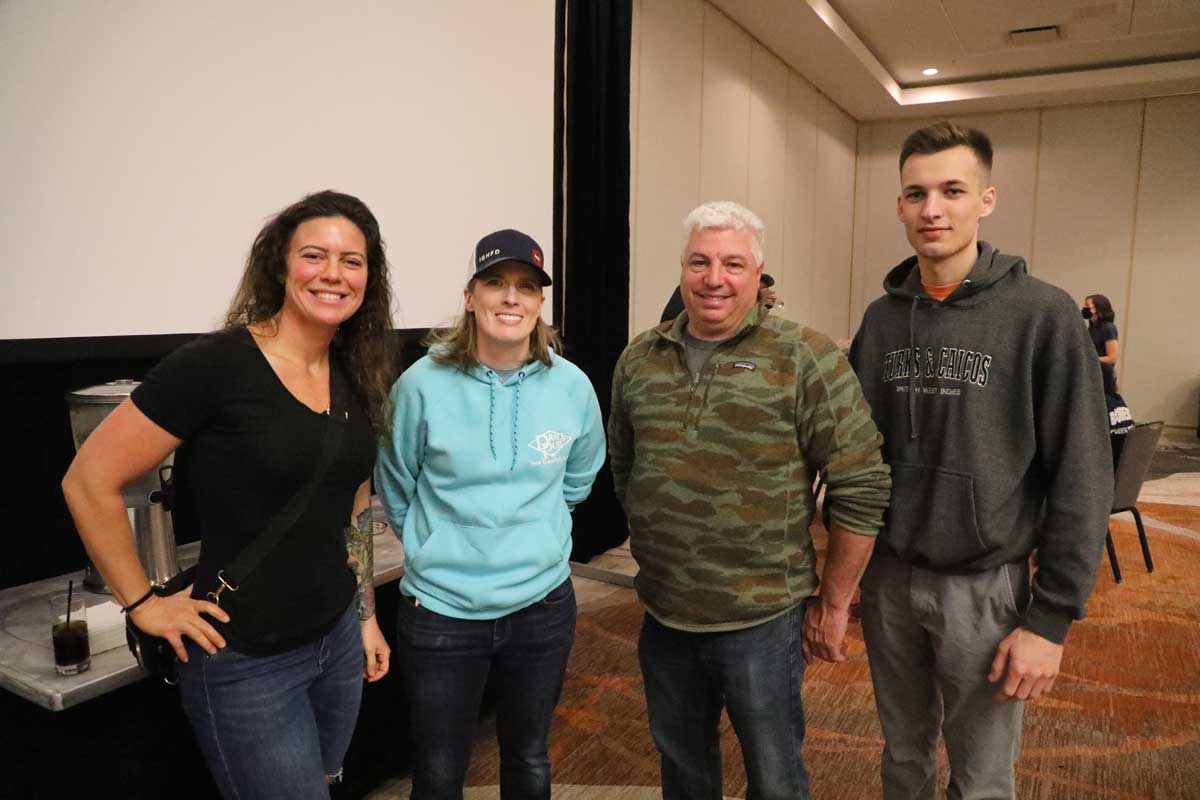

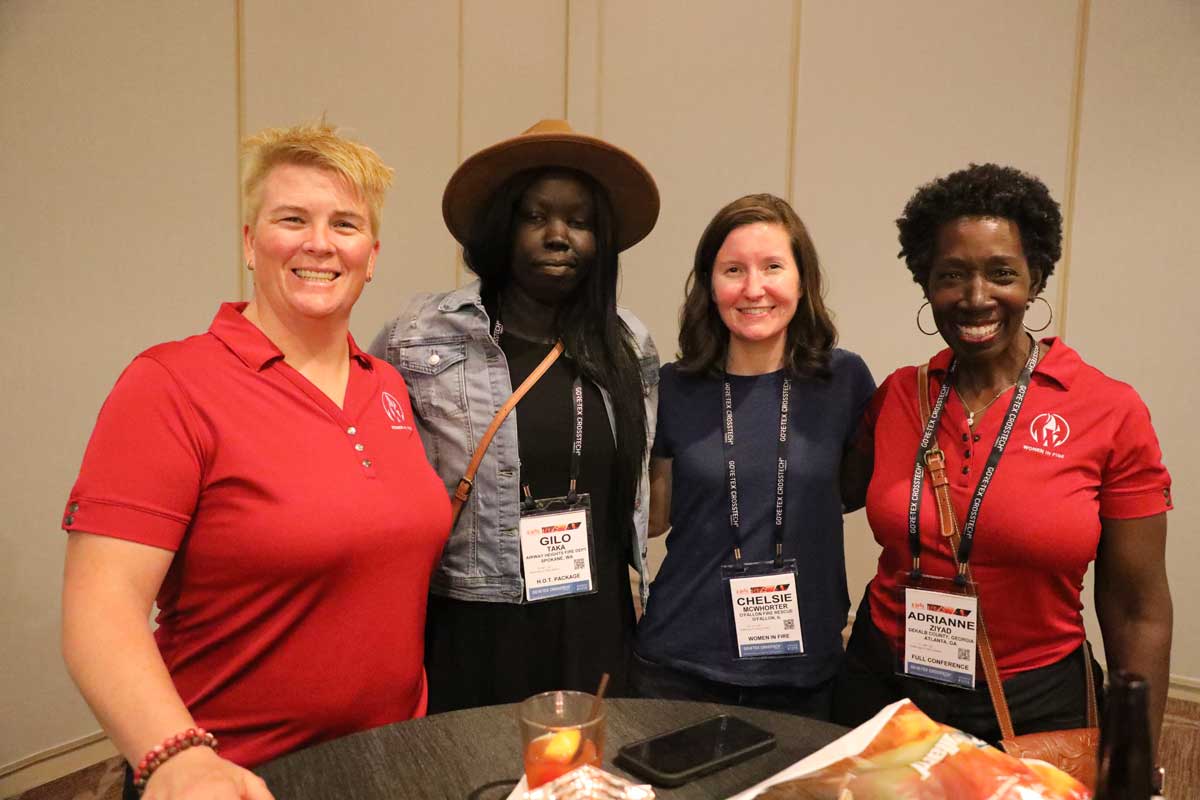
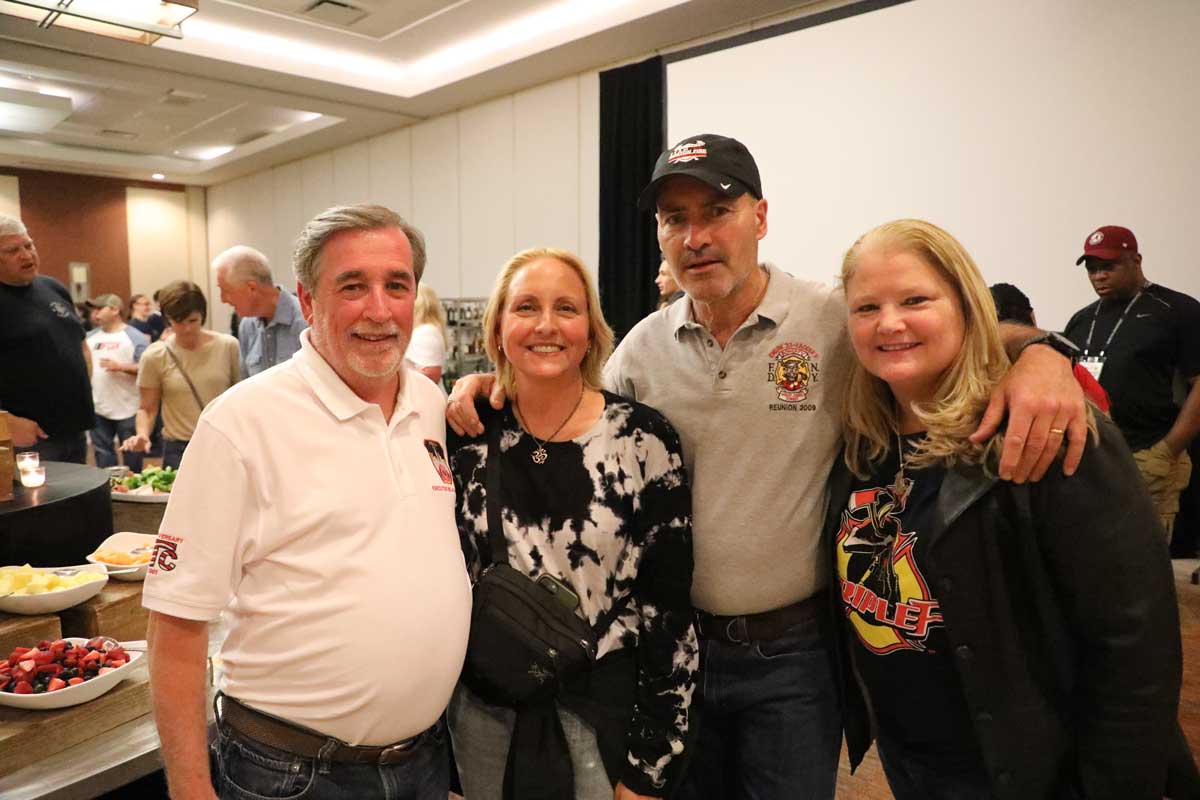
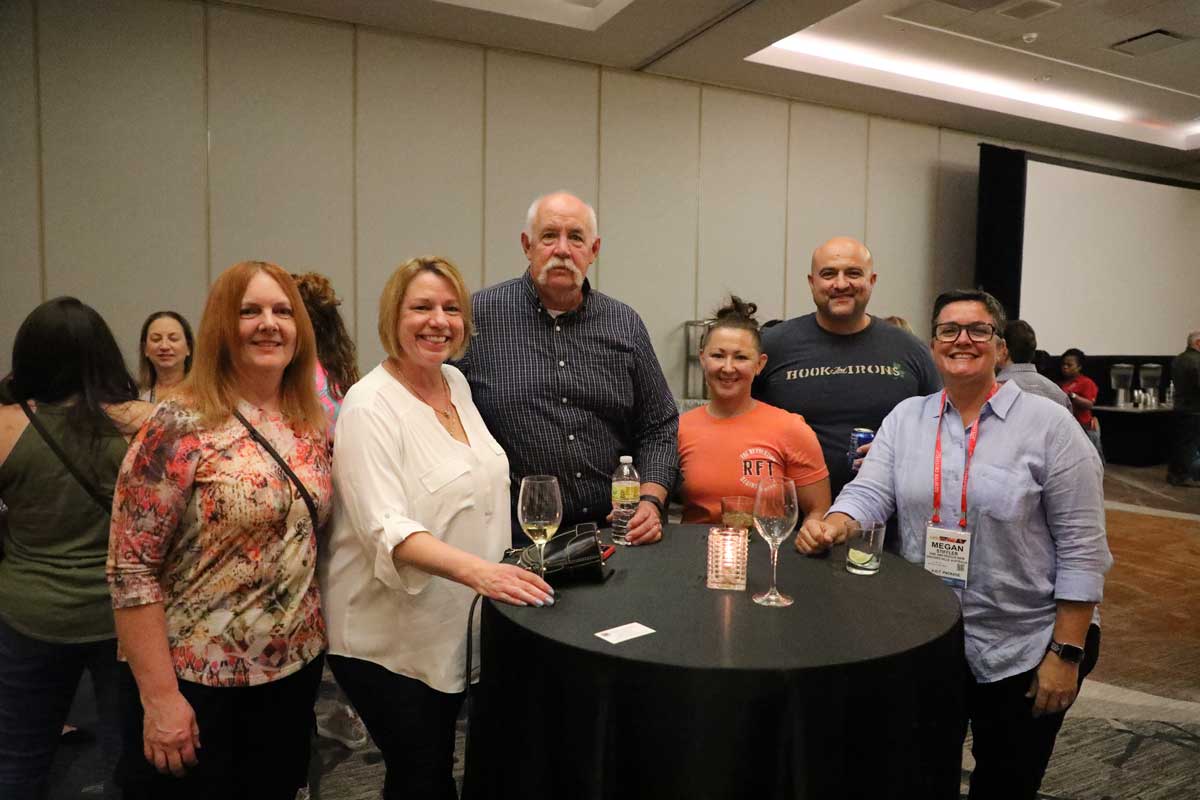
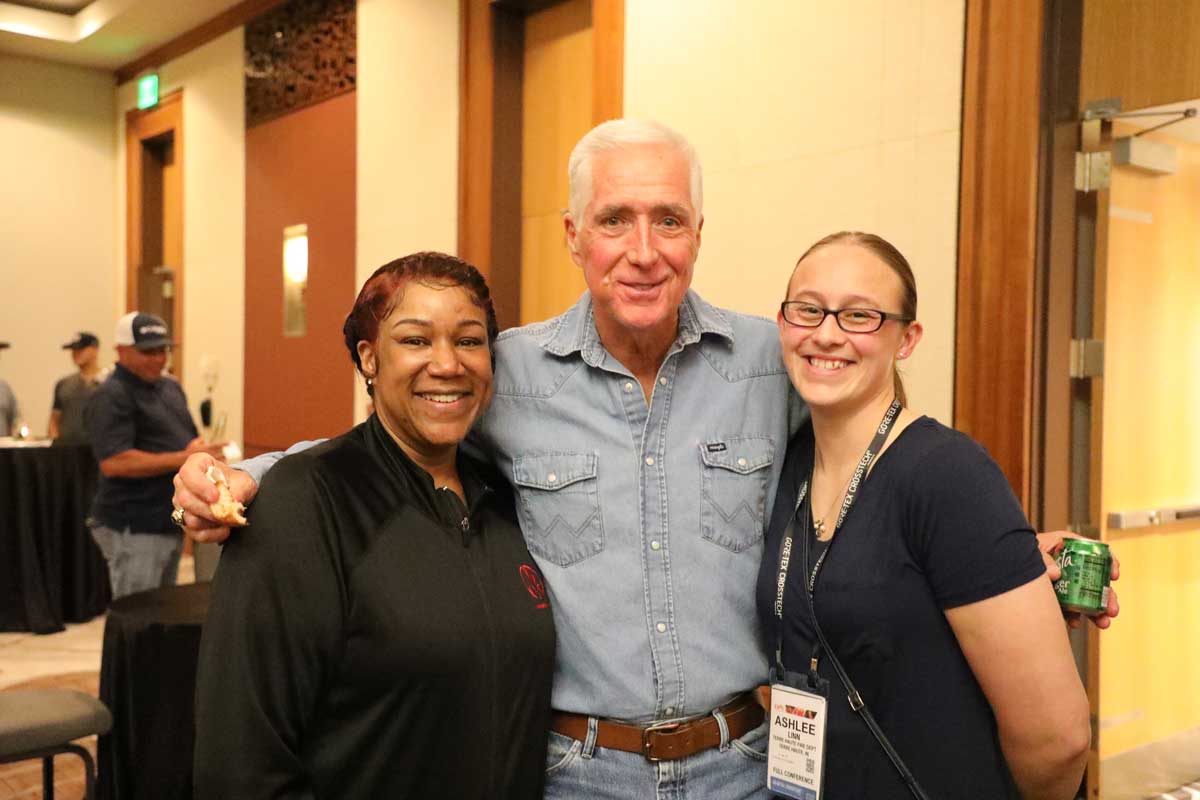


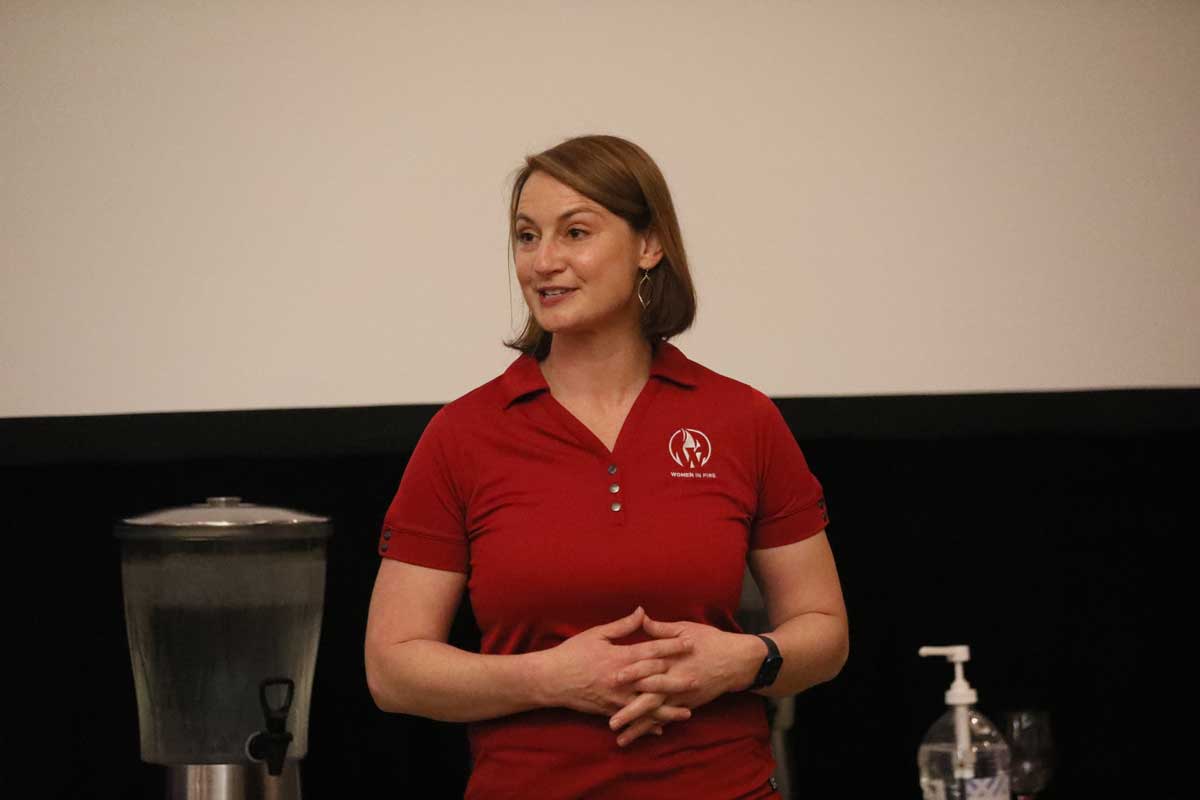

“I recently retired from the Springfield (IL) Fire Department as the division chief of training. Over the past 15 years, I have worked for the Illinois State Fire Training Academy and the Illinois Fire Service Institute as an instructor, program manager, program director, assistant director, and currently deputy director. I understand leadership responsibilities and continue to learn every day how to communicate, operate, and lead myself, my teams, and the organization.”
Captain Lisa Burton, Castine (ME) Fire Rescue Department, “Five Things to Do Before the First Five Minutes”: “As my career has evolved, I have recognized the expanded response capabilities that can be achieved through preincident collaboration with response agencies prior to the occurrence of actual incidents. As resources in fire service staffing become increasingly limited, the need for interagency work has expanded. This combined preparedness approach can be utilized in the fire service by small volunteer departments, combination departments, and fully staffed paid departments as well as other first responding agencies.
“I have eight years of experience in the emergency management/fire safety field working for two higher education institutions in Maine. My current position is with the University of Maine System as the emergency coordinator. Concurrently, I have 12 years of experience as a volunteer firefighter/first responder where I serve as a captain with the Castine (ME) Fire Rescue Department. In conjunction with my work and volunteer experiences, I continued my education and earned a master of science degree in safety, security, and emergency management from Eastern Kentucky University. I chose to combine my two fields of interest and pursued dual concentrations, the first in emergency management and the second in management of fire and emergency services.”
Chief Scott Thompson, The Colony (TX) Fire Department, “Formal Mentoring for the Fire Service: A Model”: “Traditional mentoring has proven to be very beneficial in the fire service. The problem is, not every member of an organization has the opportunity to benefit from a traditional mentoring relationship. I developed a formal mentoring process that allows every member of the organization the benefit of mentoring. I believe mentoring is the future of fire service learning and leadership. Based on my research and experiences, those fire department organizations that commit to a formal mentoring process will be in a better position to deal with future challenges than those that don’t.
“I have been studying coaching and mentoring for more than 20 years. I have implemented a formal mentoring process in two fire department organizations and have had positive outcomes. I have been coaching organizations on mentoring for the past 10 years. In 2020, I authored a 39-page document titled ‘Formal Mentoring in the Fire Service: A Model’ and have had close to 10,000 downloads.”
Battalion Chief Jeremy Hurd, Palm Beach (FL) County Fire Rescue, “Help, This Job Is Killing Me!”: “I became the chaplain for my fire department 14 years ago after the loss of one of our members. There was a need for a minister to lead a firefighter funeral, and my precious experience got me volunteered. As I learned about the role of the chaplain in the coming years, the topic of mental wellness in the fire service became an interest. I realized there was a need to cover this topic and teach our firefighters how to prepare for the worst possible moments to come. I chose to teach about this topic around the country because so many of our firefighters need and want help but don’t know where to start or who to ask for assistance. In every class, I make sure the attendees know I am not an expert, only a facilitator. I simply speak from the experience of personal and professional loss and the desire to make sure our firefighters around the world know where to turn in their darkest hour. If one person finds help instead of choosing suicide, then all the classes are worth it. There is hope, and I want this class to offer that to all who are looking for it.”
Captain Dena Ali, Raleigh (NC) Fire Department, “Addressing Suicide: A Proactive Approach to First Responder Mental Wellness”: “This is an area that many individuals and organizations lack understanding of and an area of critical importance due to the ripples left behind after the tragic loss of life to suicide. Suicide is a leading cause of death in the United States. Moreover, suicide rates in the United States have increased by over 30% in the last two decades. Today, we know that we must focus efforts beyond at-risk individuals to address suicide and have an opportunity to prevent suicide.
“I recognized that, historically, efforts placed at prevention have focused on individuals in crisis rather than upstream of crisis. But, by focusing efforts upstream through a proactive approach, we have the potential to keep individuals out of crisis. Over the past several years, the fire service has become more aware and open about suicide. Despite this awareness, there is still little understanding with regards to those factors that increase risk and those actions that decrease risk. It is important to help the fire service understand the importance of protective factors such as sleep hygiene, social support, supervisor support, mindfulness, and peer support teams.
“My passion for this topic started in 2015, when I experienced a period of depression that led to my own thoughts of suicide. In that time, I felt the need to isolate and silence my struggles–two things that I know today are absolutely pernicious. My experience led me to focus my graduate school research on suicide prevention. In 2018, I obtained my master’s in public administration where my research focused on understanding and preventing suicide. I am a certified trainer for the QPR institute, trained through the IAFF in peer support and through the ICISF foundation in critical incident stress management. I am also the founder and director of the North Carolina Peer Support team.”
Assistant Chief Nicol Juratovac, San Francisco (CA) Fire Department, “What to Do When First Due: Being in the Hot Seat”: “I have observed that firefighters and officers benefit from actually placing themselves in the ‘hot seat’ of first-due operations, whether they show up on the engine, truck, or chief’s SUV. This allows the student to actually feel the ‘artificial stress’ of rapid prime decision making that is so critical in our profession. After all, we are ‘911,’ and there is no 912. In addition, these first-due videos and photos are of actual fires and not simulations or other people’s fires in that not only was I present at these fires to operate, observe, and feel what was going on, but I was able to glean what worked well and what left a little bit to be desired to bring back to the those who may be able to benefit. As such, when the students take on the fire shown to dissect and tackle, not only do they get to be in the hot seat to make those necessary decisions to mitigate the fireground, but we can discuss what occurred, analyze, and evaluate. It is an amazing epiphany when the student comes up with a tactic or task that was not employed at the fire but offers an insight to the fire that perhaps could have been a better approach. That is true learning that is beneficial to all students to bring back to their home departments and certainly their next working fire.
“This is not a blame game but a lessons learned. It is also about sharing one’s experience with others to learn, at the very least, in a vicarious manner. Folks may say that fires are down in their respective jurisdictions, and if that is the case, this class offers a manner in which actual fires may be observed and learned from a safe environment. This is no different than the U.S. military using simulations to train their officers in peace time or the airline industry using the same to train its pilots.
“I am in my 25th year with the San Francisco (CA) Fire Department, having served in every suppression rank from firefighter to assistant chief. I have been assigned to some of the busiest and most challenging engine, truck, battalion, and division units in the country where I was blessed and fortunate to have responded to almost 500 fires throughout my career. I completed the Executive Fire Officer Program at the National Fire Academy, which gave me the appreciation of the overall goals, needs, and assessment of what works to keep firefighters alive and well while at the same time tackle America’s fire problem of saving civilian lives from fire-related deaths.”
Battalion Chief Candace Ashby, Indianapolis (IN) Fire Department, “Leadership from the Bottom Up!”: “My goal is to inform, influence, and motivate every individual in the fire service to be and do better by taking ownership in their organization. We must do a better job at taming the ‘us vs. them’ mentality while tapping the human potential sitting throughout the organization. We need everyone to step up as a leader, work together to bring real solutions, and drive continuous improvement. In too many public safety organizations, there is a disconnect between the administration and operations divisions. This disconnect is communications. We must all work together to bridge that gap through the proper use of the chain of command. To accomplish this, we must reset ourselves and our organizations with effective communications to build interpersonal relationships and trust.
“Every individual and organization need to reset on a regular basis to refocus on what is important, and that is internal customer service. This is a service-based business where we serve people. To deliver superior customer service, we must first focus on internal customer service. Some benefits include improve communications, reinforce accountability, boost morale, build teamwork, drive positive change, and increase performance.
“I have been a career firefighter for 32 years and am a battalion chief. I have a doctorate in management of organizational leadership. I use my experience and education as a platform to help organizations learn how to tap the human potential sitting in the operations division. Together we can make real positive change and leave the fire service better than we found it!”

